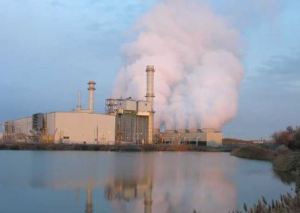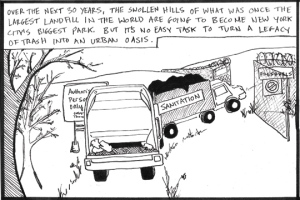
When first introduced as an alternative fuel, natural gas seemed to be the perfect solution. Unfortunately, new reports show that the natural gas, often described as the cleanest fossil fuel producing less carbon dioxide than oil and coal plants, is now leaking methane into the atmosphere.
Natural gas production releases methane gas, which is 25 times more powerful in warming the climate than CO2. Over the long-term, natural gas is a cleaner-burning fuel more than coal is because it emits far less CO2, however, if we’re leaking a lot of methane we’re counteracting any sort of beneficial impact in the near-term.
Scientists have estimated that across all the various stages of natural gas production, such as drilling, extraction, processing, storage, transporting, and distributing the fuel, anywhere from 0.71 to 7.9 percent of the methane produced ends up escaping into the atmosphere, a phenomenon known as “methane leakage.” A study in 2011 demonstrated that the leak rate of methane was high enough to jeopardize its global warming advantage over coal. The problem is no one knows exactly how much methane is leaking into the air from natural gas production in the U.S.
Although there are no issues with the actual use of natural gas, obtaining this resource, through a process known as fracking, is what poses a problem. Initially, complaints about fracking were in reference to its contamination of local groundwater but the new research now indicates that groundwater isn’t the only victim.
This poses a major problem for our environment, due to methane’s efficacy at trapping heat. Natural gas was chosen to replace coal because we wished to reduce carbon emissions but due to the “methane leakage,” what we lose in carbon dioxide will be replaced by methane.
Fracking is not the only one responsible for the release of this harmful greenhouse gas. It turns out that many natural gas locations are purposely allowing the natural gas to escape known as flaring. The release of methane occurs because of the lack of pipeline networks to and from remote locations. This process not only unnecessarily adds to the increasing amounts of methane in our atmosphere, but also represents a waste of money and resources.
With the U.S. increasingly relying on natural gas to generate electricity displacing dirtier coal has laredy helped the U.S. dramatically lower their carbon emissions. And yes, although it is abundant and clean there are some concerns with the process that need to be overcome. The bottom line is that natural gas, abundant and clean should have less an effect on the climate compared to coal-fired power plants.


